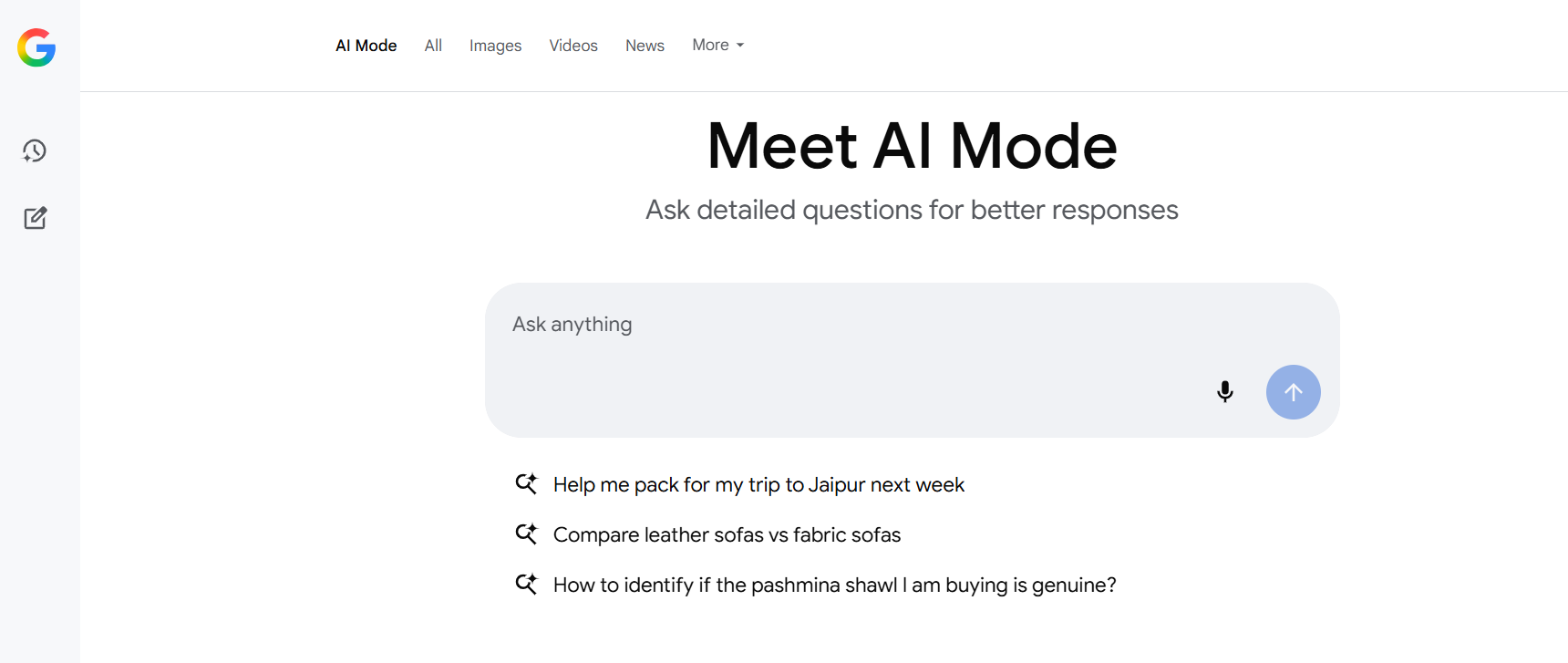The healthcare sector is undergoing a massive evolution, partly owing to the ongoing pandemic and also because of the numerous technological developments seeping into its core. With time, the sector has become more reliant on technology than in the past. The clinics, hospitals and other healthcare entities are incorporating various emerging technologies like never before. These serve as means to augment operational efficacy and enhance customer satisfaction too. However, healthcare sector entities also need to deploy strategic measures to keep operational costs within limits.
Need to deploy measures to control cost in the healthcare sector
Beyond doubt, the clinics and hospitals incur numerous types of costs to keep things running and fulfilling customer needs well. The running costs include paying the physicians and clinical staff, paying vendors for electricity and internet, paying for clinical supply, settling logistics costs, food-related costs etc. They also need to bear the cost of using various healthcare information technology-related services. So, these entities need well-planned and effective cost control measures. This will help such entities in boosting workflow and improving the service quality.
13 effective measures to achieve cost control in the healthcare sector
Since the healthcare sector is now dependent on technologies and HIT solutions, the cost-cutting strategies have to be modeled around these technologies. The management in such organizations needs to find the right ways to deploy HIT solutions. Technology has to be used in apt ways to reduce scopes of flaws and hurdles in the workflow.
- Robotic Process Automation- This has already been implemented in sectors like retail, banking and industrial manufacturing, and the results are quite positive. RPA has a huge potential to reduce the possibility of errors in workflow, and it also helps cut down operational costs. When RPA tools are deployed in clinical setups, it is possible to accomplish more work at the same time while deploying a reduced number of human staff.
In a hospital, the process of patient details entry and validation can be automated, for example. This is a regular and necessary procedure that can be handled without recruiting human staff when such technologies are used. So, it will help save money and time. The risk of erroneous data entry will not be there as well.
- Reviewing vendor feasibility- In many healthcare setups, the management does not bother much about assessing the worthiness of the various vendors and service providers. These vendors offer services like internet access, food, medical apparatus and supplies, transport and more. From time to time, reviewing vendor worthiness in such setups is necessary. While sticking to a vendor may seem feasible, the management needs to look for new contenders periodically. This can be helpful in getting better deals and services.
- Reviewing process feasibility- In healthcare sector organizations, there are many procedures involved in the workflow. This is usually applicable to clinics or hospitals. However, with time, it may be necessary to replace or discard processes that are neither cost-effective nor fruitful. Sometimes, replacing manual processes with automated ones can be productive and doing so may help cut down running costs.
- Reviewing technology and platforms- In most healthcare setups, advanced and customized applications and software solutions are used extensively. Using these applications helps enhance productivity and lets the doctors and clinical staff interact with the patients in an efficient manner. However, it may be necessary to replace aging clinical applications with new-era solutions. In many healthcare setups, the management is replacing legacy software applications with cloud-based services nowadays for cost-saving and operational benefits.
- Using Data analytics tools– Nowadays, clinics and hospitals have to deal with never-ending amounts of data. These include data derived from offline and online sources; analysis of such clinical data may help them in figuring out areas where running cost is higher. By using data analytic tools, areas of excess expenditure can be traced. Then, the management may develop suitable strategies to reduce costs in those areas.
- Offering remote diagnostics and telemedicine- Owing to the lingering pandemic, many doctors are using video conferencing applications to offer remote consultation to their patients. It is time the mainstream clinics and hospitals start doing the same. While not every case can be handled through video consultation and diagnosis, a section of patients can be treated this way. This can reduce the risk of infection at the setup and lowers operational costs, too.
- Reviewing priority in monetary allocation- When setting up various sections and zones in the setup, a clinic or hospital management needs to allocate a budget as per the priority. This is applicable for revamping the services and departments too. In sections like OPD, the allocations could be less compared to sections like critical care units and ICUs. This will help in streamlining and controlling the running cost in clinical setups.
- Selective outsourcing– Sometimes, it may be more cost-effective to outsource some of the services in healthcare facilities than recruiting permanent employees. In fact, this is what plenty of clinics and hospitals have already been doing. Outsourcing services like accounting, cleaning and sanitization and IT support can be done easily, and this can help in saving money. Of course, suitable vendors have to be selected for outsourcing such services to clinical entities.
- Using low-maintenance apparatus and equipment- In clinical facilities, myriads of clinical apparatus and equipment are used. These devices are used for running diverse diagnostic tests and executing surgeries and operations. However, some of these devices have a steep maintenance cost. Replacing the worn-out parts can be quite expensive too. So, the management should look for devices that have lower maintenance and repair costs.
- Using environment-friendly measures- Using green measures for managing operational workflow is prudent for healthcare entities. It helps reduce their carbon footprint and also brings down operational costs. These entities can opt for solar energy as a backup and resort to rainwater harvesting.
- Using reusable and recyclable materials- In clinical setups, plenty of disposable materials are used. While some items like injections, dressing, and patient attire cannot be reused, there are items that can be reused and sent for recycling. This helps these setups bring down running costs and diminish the load on the environment too. Of course, they have to deploy proper sterilization and hygienic practices.
- Third-party consultancy- Sometimes, the management of clinical setups may find it hard and complex to figure out ways to reduce operational costs. In such cases, they may seek the services of specialized third-party consultants for such needs.
Summing it up The healthcare sector entities should seek services of suitable HIT service providers. These agencies offer specially developed IT solutions for clinical facilities of varying sizes and types. This helps in regulating workflow and reducing operational costs in such organizations. For comprehensive HIT solutions and services, you can count on softgridcomputers.

 Web and Full Stack
Web and Full Stack CMS and Frameworks
CMS and Frameworks Online Marketing
Online Marketing Cloud Services
Cloud Services ECommerce
ECommerce Mobile
Mobile



